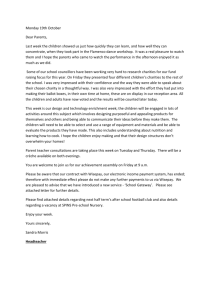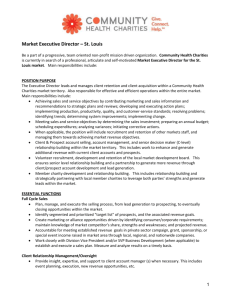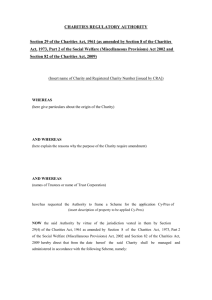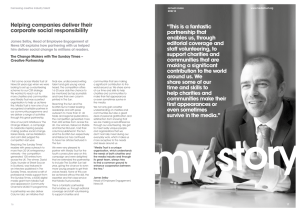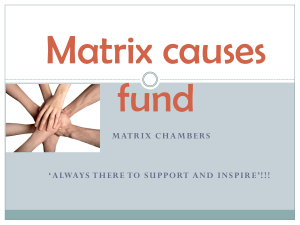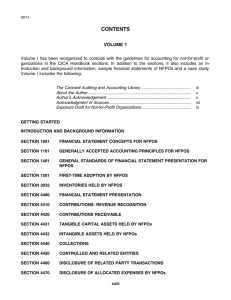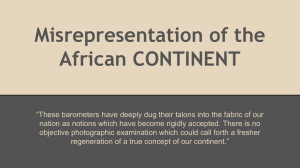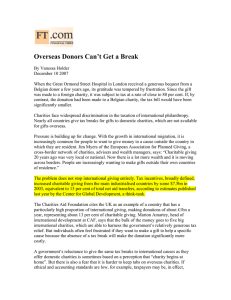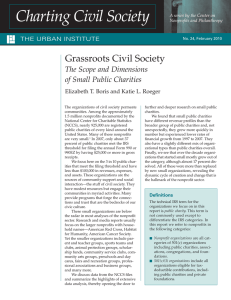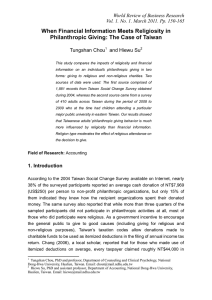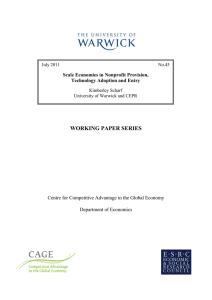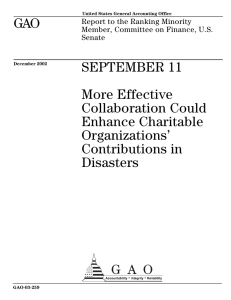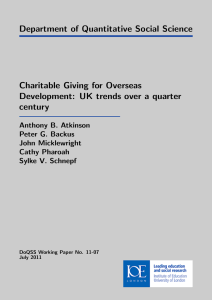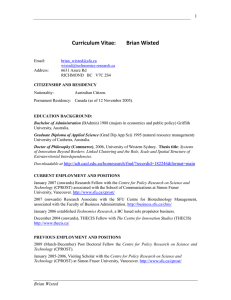Document 10685102
advertisement
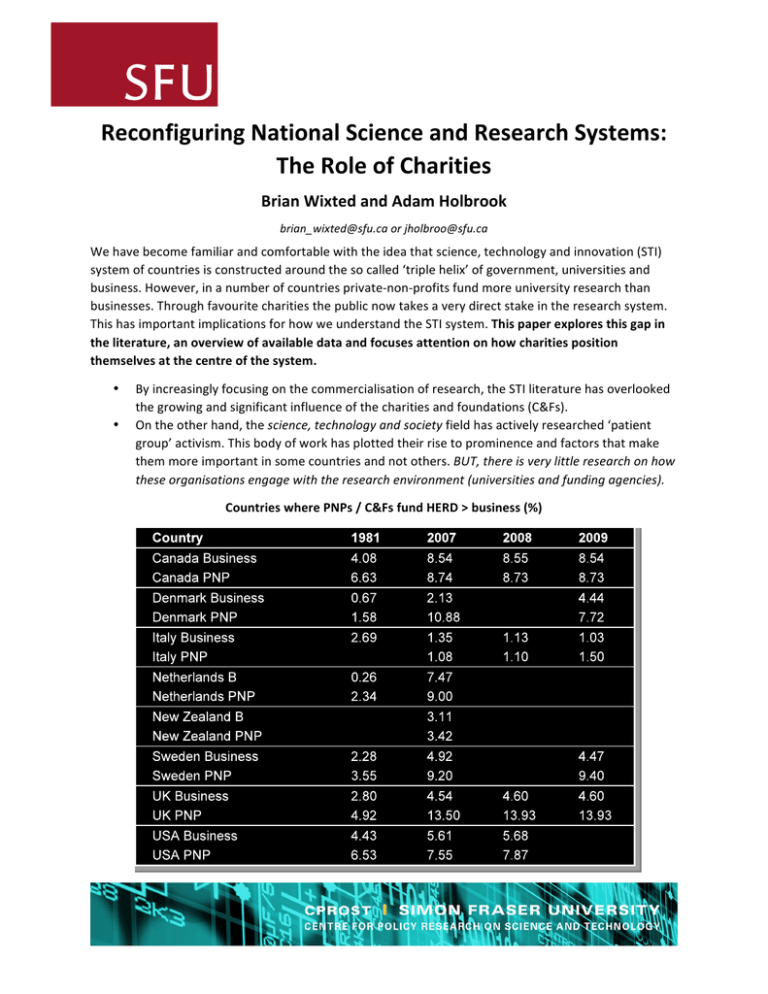
Reconfiguring National Science and Research Systems: The Role of Charities Brian Wixted and Adam Holbrook brian_wixted@sfu.ca or jholbroo@sfu.ca We have become familiar and comfortable with the idea that science, technology and innovation (STI) system of countries is constructed around the so called ‘triple helix’ of government, universities and business. However, in a number of countries private-­‐non-­‐profits fund more university research than businesses. Through favourite charities the public now takes a very direct stake in the research system. This has important implications for how we understand the STI system. This paper explores this gap in the literature, an overview of available data and focuses attention on how charities position themselves at the centre of the system. • • By increasingly focusing on the commercialisation of research, the STI literature has overlooked the growing and significant influence of the charities and foundations (C&Fs). On the other hand, the science, technology and society field has actively researched ‘patient group’ activism. This body of work has plotted their rise to prominence and factors that make them more important in some countries and not others. BUT, there is very little research on how these organisations engage with the research environment (universities and funding agencies). Countries where PNPs / C&Fs fund HERD > business (%) Research Questions 1. Identify the extent to which research oriented Private-­‐Non-­‐Profits (charities & foundations) are not analysed? 2. What is the scale of Private-­‐Non-­‐Profit research funding? 3. How do PNPs reconfigure the science funding economy (The success factors of individual charities is interesting, but not the primary concern. We are interested in the reconfiguration of the science funding system). Stages of Re-­‐configuration We have adopted some of the language of actor network theory (ANT) a sub-­‐field of STS in a framework we call strategic organisation (SO-­‐ANT) to help us understand the generic behaviours. (Fig 1) The Triple Helix pre C&F (Fig 2) Charities as Obligatory Passage Points (OPPs) [Final Stage] Before a C&F organises within a specific niche there may be one, two or all three players. But those with a disease or condition are often voiceless. In the ANT language an obligatory passage point (OPP) is an actor that has strategised to be a central agent through which other actors must pass. Findings • The role of C&Fs within research systems is under researched – almost actively ignored. • The STS literature provides a wealth of detailed case material on particular patient groups and movements (e.g. breast cancer); development of individual organisations, their links to business and government, but does not ask how they engage with the research system. • Our work indicates that some charities have become very important players in specialised fields. • There is very little research on research oriented C&Fs that are not medical (i.e. social, environmental etc)
